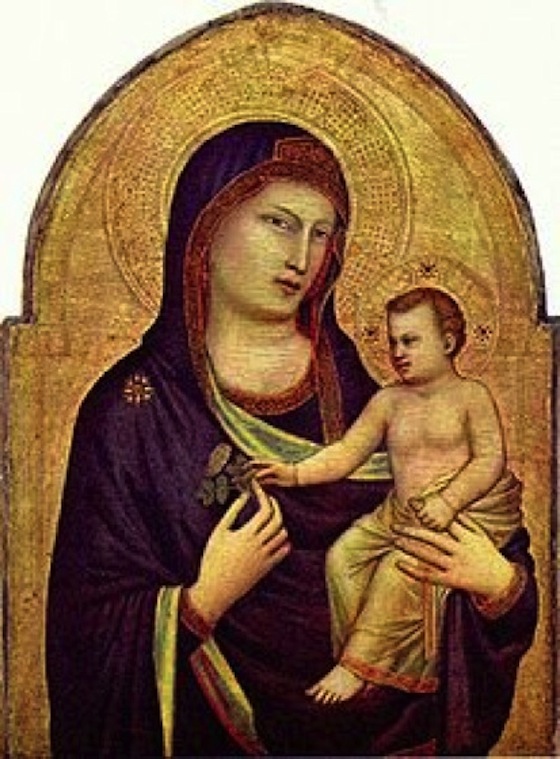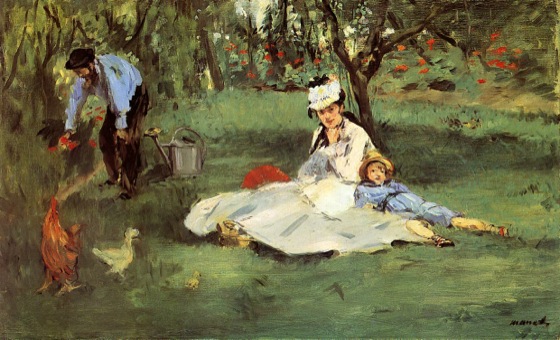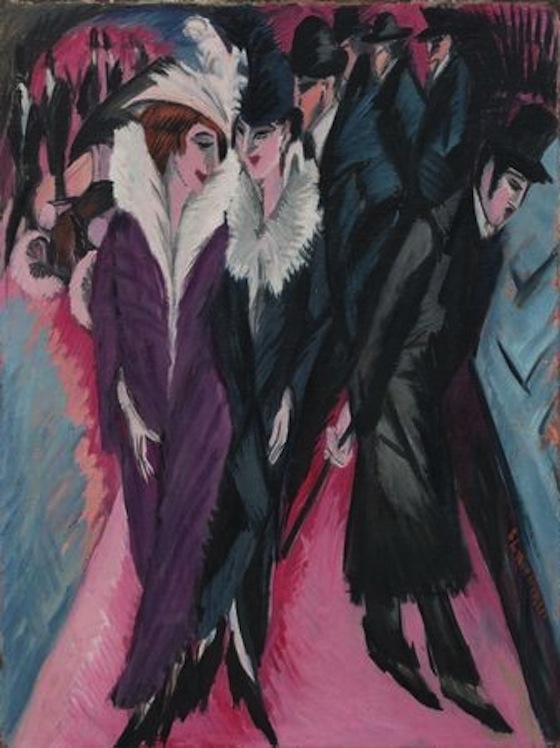A few years ago, I read a book by Chip and Dan Heath titled Made To Stick: Why Some Ideas Survive and Others Die. The basic principle of this book is that the more hooks you can attach to something, the stickier, or easier to remember, it becomes.
Armed with this knowledge, I began looking for hooks that I could use in my Art History class. The following is a proven, though perhaps unorthodox, chronological list of hooks that will improve your students’ ability to memorize artists.
Time Period: Middle Ages
Hook: Man Babies
Before the rediscovery of Greek proportions by Renaissance artists, artists of the Middle Ages paid little attention to correct human proportions, especially when it came to children and babies. A popular subject of the time, the Madonna and Child, presents Jesus as a baby but with the proportions of an adult… or man baby. Whenever my students see a man baby, they instantly label the image as pre-Renaissance.
Artist: Rembrandt
Hook: Rememberandt
When reviewing the works of Rembrandt, I always ask, “Does anyone rememberandt who this is by?” Do this a few times and it will stick. Students will soon be telling you, “I rememberandt who painted that!”
Artist: Manet
Hook: Uses Black
The good majority of impressionists didn’t use black paint but instead placed complimentary colors side by side. Manet, although considered the founder of Impressionism, didn’t mind using black. If an art student sees black in an Impressionist painting, he or she can safely guess it will be a Manet.
Artist: Renoir
Hook: Red Hats
Artists tend to have a consistent palette of colors that repeat in their pieces. Renoir’s color of choice is red, particularly when addressing headwear. Notice the hats, scarves and bows on the heads of Renoir’s subjects. Renoir paints red hats.
Artist: Degas
Hook: It’s a Ballerina
Many artists have a favorite subject to paint. Perhaps none is more obvious than Degas’ ballerinas. I tell my students their are three keys to look for when identifying a work by Degas. 1. It has strong stage light, or it’s a ballerina. 2. It has interesting angles, or it’s a ballerina. 3. It looks like a snapshot photo, or it’s a ballerina… Or it’s a ballerina!
Artist: Seurat
Hook: Rhymes with Dot
The pointillist artist Seurat painted with little dots. It’s really as simple as that.
Artist: Kirchner
Hook: People Look like the letter K
The figures in the paintings by expressionist artist Kirchner, have very sharp angles. Upon closer investigation, one could conclude that the angles are so sharp they form the letter K. K is for Kirchner.
Artist: Kandinsky
Hook: Looks like Candy
Not only do many of Kandinsky’s works look like candy, his name sounds like candy. Its a very easy hook to attach.
Try these hooks in your class. You will be delighted not only in how quickly your students are able to remember these artists, but for how long the knowledge stays with them.
Do you use hooks in your classroom?
Share your best hook below. Let’s create a resource for us all to draw from!
Magazine articles and podcasts are opinions of professional education contributors and do not necessarily represent the position of the Art of Education University (AOEU) or its academic offerings. Contributors use terms in the way they are most often talked about in the scope of their educational experiences.








